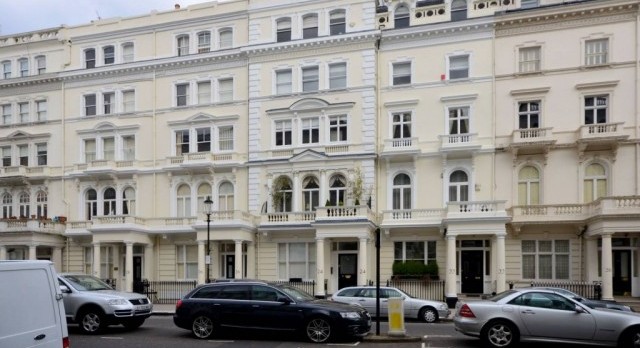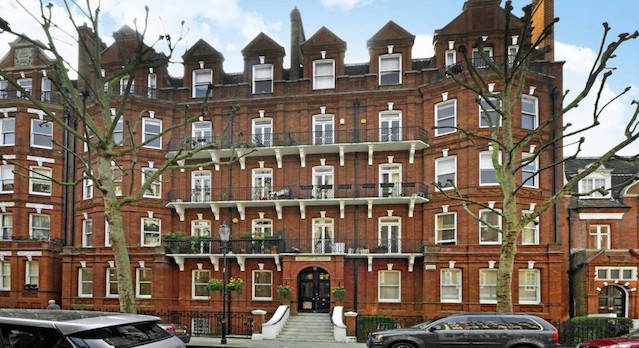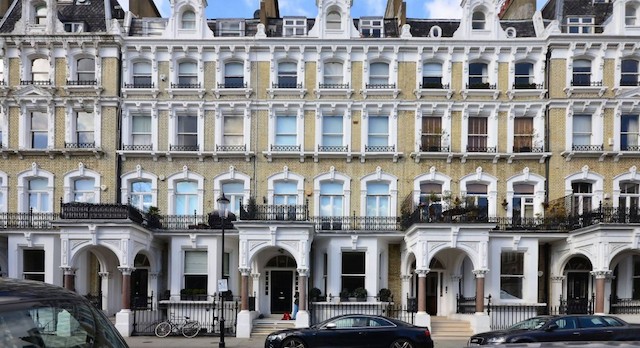Follow us
In order for a property to be defied as a HMO (house in multiple occupation) it must have three or more unrelated people living there in atleast two separate households. You could have three single people each living in their own rooms or two couples sharing a room. In most cases the tenants will share the basic amenities such as the kitchen and bathroom. If you have ever watched rising damp before that would have been a fairly typical HMO where tenants lived together many years ago. The condition and living standards of these properties have improved in recent years as the government has introduced new legislation to improve living standards and levels of safety particularly where there are large numbers of people that are living together in one property.
Individual Tenancy Agreements
All of these tenants will have individual tenancy agreements and in some cases some of the tenants will be regulated tenants. They will be regulated tenants if their tenancies were created before 15 January 1989. These tenants have the same rights as a tenant living in their own house and have security of tenure. this means that they can’t be evicted unless on mandatory grounds and in any event a court order needs to be granted in order to bring the regulated tenancy to an end.
Landlord Requires A HMO Licence Granted By The Council
In order to start letting the rooms individually on a property the landlord must apply to the council for a licence. The licence will demand that certain standards are met and will contain conditions that have to be met. The landlord will have to obtain a licence for the property if: it’s at least 3 storeys high, has 5 or more unrelated people live in it or there are 2 or more separate households living there.
Landlord Responsibilities Under The Law are
The landlord has certain responsibilities under the law that must be followed. A licence needs to be granted by the local authority because these types of HMO are considered to be of particularly high risk in terms of safety. The licence is renewed every 5 years but some councils may review them sooner than this. It is very important that a licence is obtained as a council can force you too have all necessary works carried out to bring it up to a standard that would comply with their regulations.
Landlord Is responsible for the repairs to: The exterior of the house to include the roof, walls and guttering. Water pipes and gas pipes electrical wiring and fixed heating and water heaters. A Gas safety certificate must also be produced every year by the landlord and any faulty gas appliances should be removed from the property. The landlord must also produce a fire safety certificate which must also be renewed each year.
Recent acquisitions
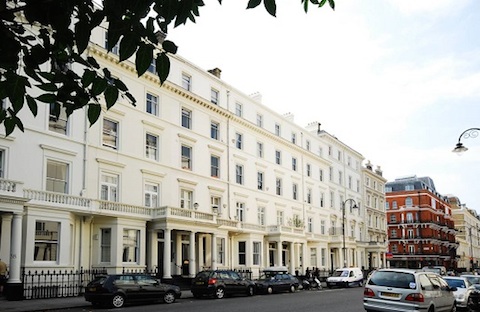
KENSINGTON W7
-
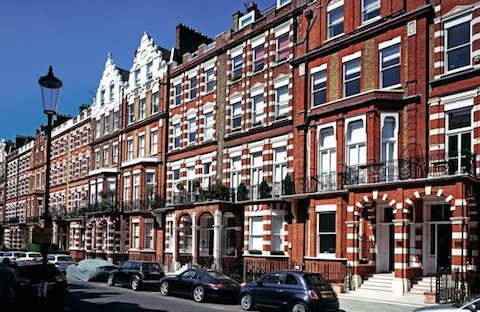
SHEPHERDS BUSH W5
-
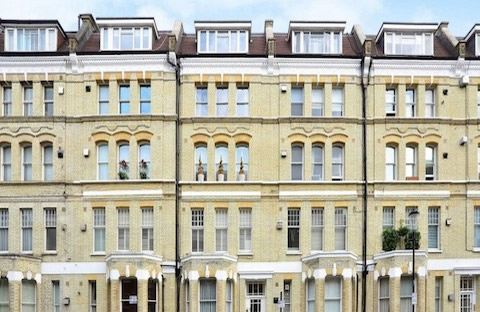
PIMLICO SW1 4 FLATS
SELL your siting tenants TODAY! CALL FOR AN OFFER

